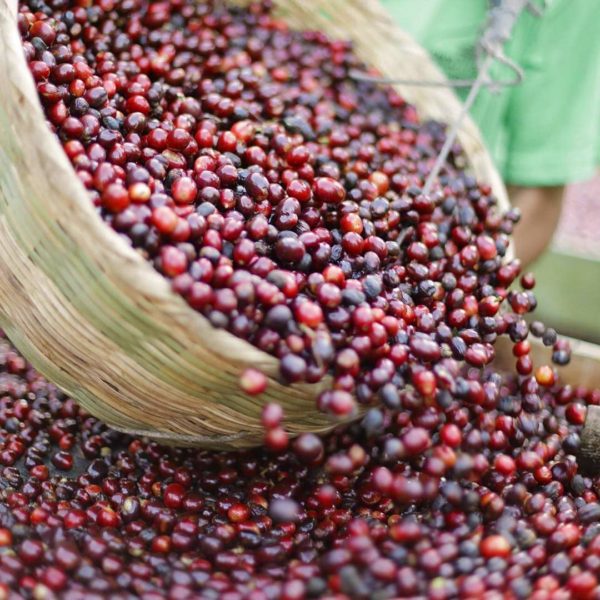
However, just as greek yogurt and pressed juices have risen to the ranks of Yoplait and Dannon—creating multimillion dollar markets that never existed before—coffee startups part of the “Third Wave” are confident that they too, can convert coffee from a commodity to mass delicacy.
Converting Coffee Drinkers into Coffee Purists
The Third Wave started a decade ago and is still going strong today, by a group of startups seizing the financial opportunity of converting coffee drinkers into coffee purists.
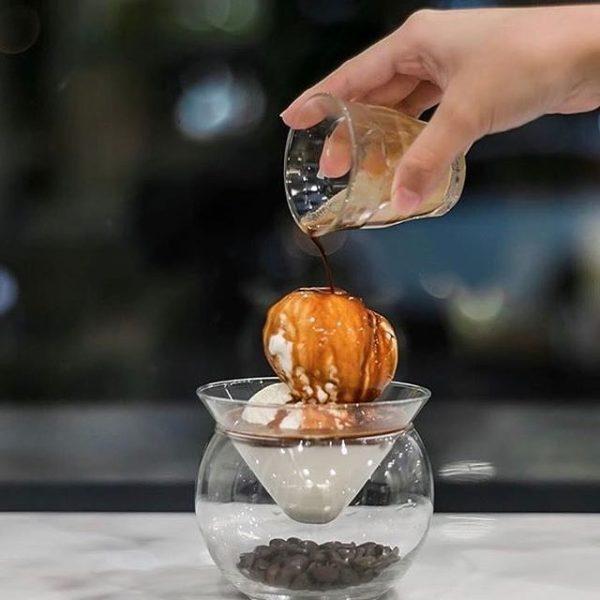
Among the high ranks are “the big four”—Stumptown, Intelligentsia, Counter Culture and most recently, Blue Bottle. Smaller startups such as Joyride, have also joined the movement by collaborating with the big four to retrain the coffee-drinking palates of corporate America.
The New York based distribution business delivers top of the line artisanal coffee to company headquarters such as Warby Parker and Ideo, in a quest to eliminate office coffee pod cups altogether.
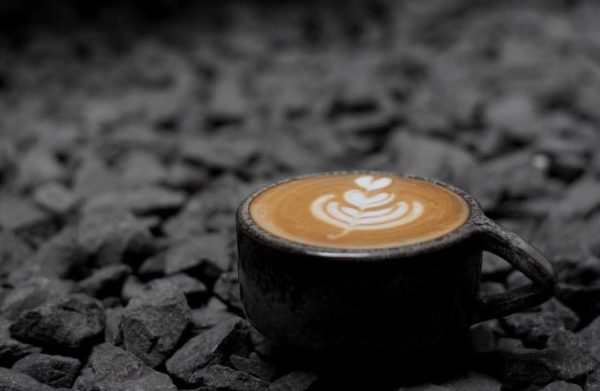
These are the businesses that approach every single part of the coffee lifecycle with meticulous obsession and try to convey that experience to their patrons.
The Craft of Artisan Coffee
One quality cup of artisan coffee will make sugar and milk drinkers say goodbye to their muddled cup of joes.
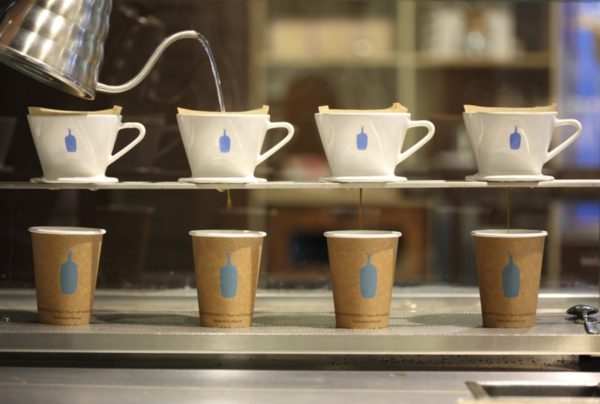
(Image source: Courtesy Clay McLachlan/Blue Bottle Coffee)
Artisanal coffee is typically made with coveted “single origin” beans that come in unique flavors and high prices. Each bean is harvested just like wine grapes—at specific farms with specific soil, and even at specific altitudes. Third Wave roasters slightly cook the raw green beans to bring out their distinctive profiles and brew for peak flavors with scientific precision.
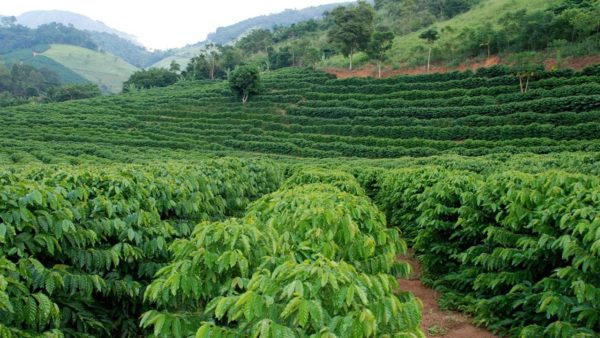
(Image source: www.portalgarotinho.com.br)
Factors such as how coarsely or finely to grind a particular strain of bean, steeped in how much water and at what temperature, all contribute to producing a cup of pure black coffee so multi-dimensional, there’s no need to ruin it with milk or sweeteners.
The New Coffee Shop Experience
Besides producing an unforgettable cup of coffee, Third Wave coffee businesses also strive to create unforgettable experiences at their coffee shops.

This manifests itself in coffee tasting labs, much like wine tasting galleries, and intelligently designed coffee shops. You won’t find WiFi at your local Blue Bottle, because it’s not a space for freelancers to camp out and work. Artisanal coffee shops convey the experience from start to finish of brewing and savoring a quality cup of coffee with sophisticated brewing techniques such as the Siphon Method:
For example, even Starbucks has raced to seize a slice of the artisanal coffee pie by creating its first global coffee laboratory in Amsterdam. The 430 square meter space tests alternative brewing methods so that whatever they deem successful can be rolled out to the rest of their shops in Europe.
What’s more, their attention to detail in the coffee lab’s design is unmatched. The laboratory is embellished with Dutch design elements, a 17 meter coffee bar and an enormous communal table, directed by Liz Muller, Starbucks’ concept design director.
Coffee Disruption Forecast
The Big Four and smaller coffee startups will continue in their pursuit of converting America’s coffee palates. However, Starbucks is proving its desire to join the race.

The coffee conglomerate has recently purchased a coffee farm in Costa Rica, introduced a light “blonde” roast in its stores, and has opened its first ever high-end cafe in Seattle.
Just as Whole Foods has accomplished to become the prime grocery destination for both purists and generalists, Starbucks is on its way to do the same with coffee.
